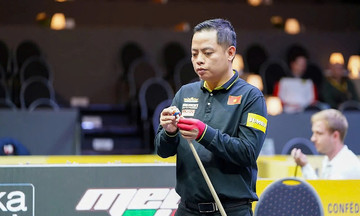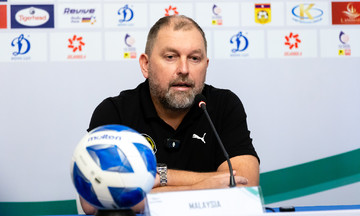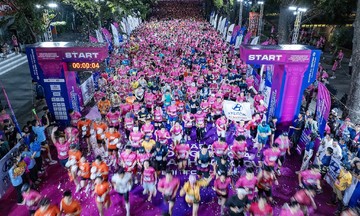In 1913, Longines introduced the first chronograph, allowing for precise timing and recording of athletic performance. Decades later, names like Omega Marine and Rolex Submariner further demonstrated that watches could withstand harsh environments, proving they were more than just timekeeping tools.
By the 1970s, quartz technology made watches more accurate and accessible. Around the same time, Polar introduced the wireless heart rate monitor, allowing athletes to train based on biological data rather than subjective feeling for the first time.
A turning point came in 2003 when Garmin integrated GPS into a wristwatch: the Forerunner 201. Not only was it the world's first GPS sports watch, but it also marked a milestone, bringing GPS beyond car dashboards and specialized devices to become integral to a runner's training.
Since then, distance, speed, and location are no longer vague estimates. They are precisely displayed in real-time using satellite data, ushering in a new era for sports watches: the era of personalized data and science-based training plans.
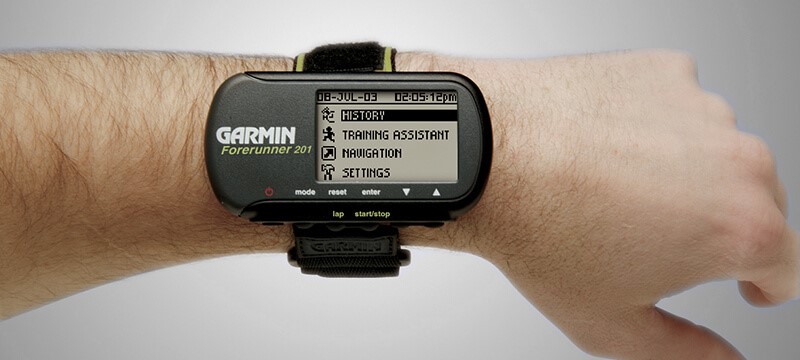 |
The Garmin Forerunner 201. Photo: Garmin |
The Garmin Forerunner 201. Photo: Garmin
Following this milestone, Garmin continued to innovate with new watch generations, notably the GPS running lines like the Forerunner 165, 265/965, 570, and 970, recording tens of millions of sales annually worldwide. While watches once simply recorded the time to complete a distance, a Garmin smartwatch has become a miniature "health map," tracking detailed body status from physical endurance to mental well-being, enabling smarter and more sustainable running.
From basic metrics like distance, pace, and calories burned, which track progress during each run, to advanced data like heart rate, HRV, VO₂ Max, stride length, ground contact time, and power distribution between legs, reflecting technical efficiency and body load capacity. As training volume increases, the watch even warns of overexertion risks, suggests appropriate recovery times, and analyzes stress levels, helping runners proactively prevent injuries.
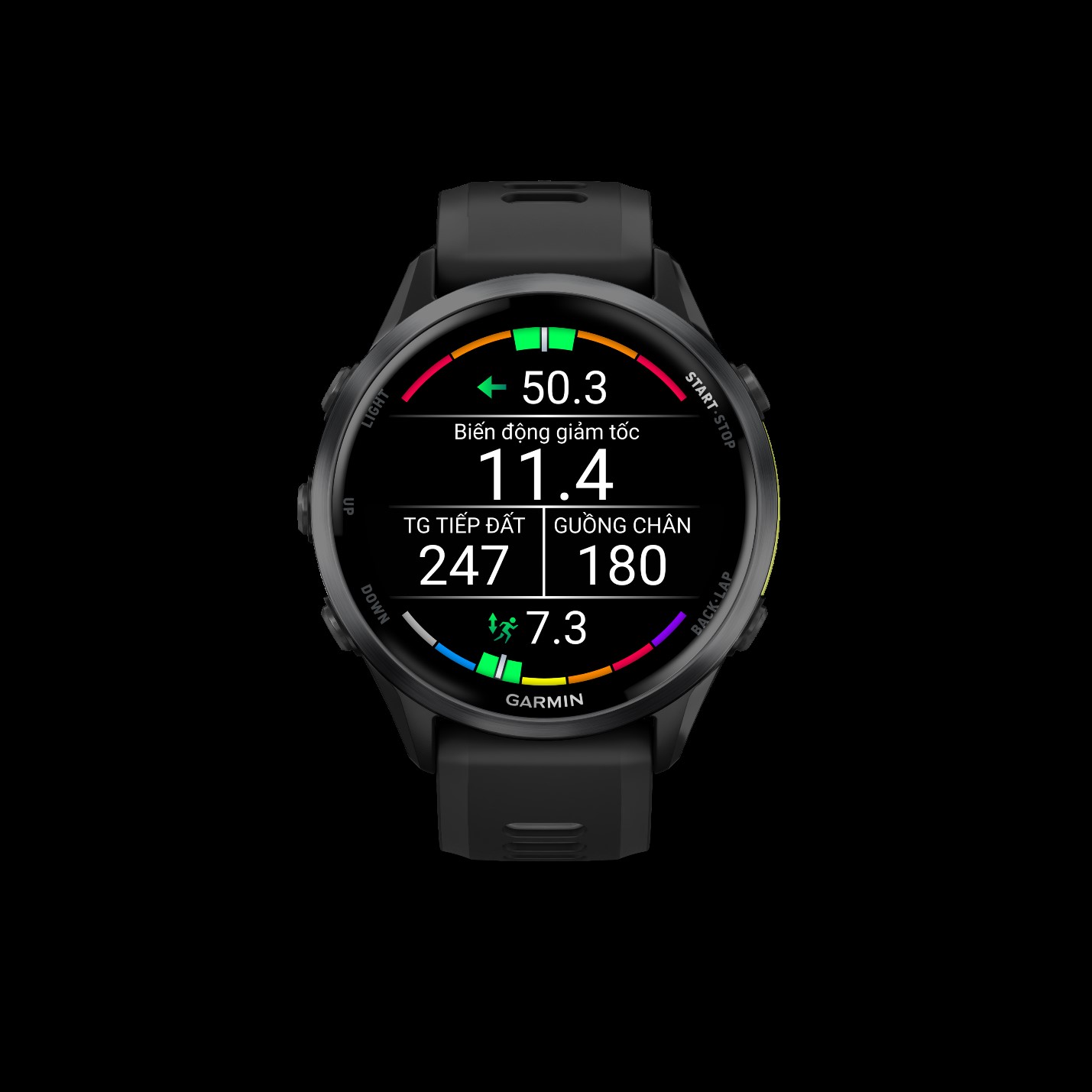 |
In-depth parameters displayed on a Garmin watch. Photo: Garmin |
In-depth parameters displayed on a Garmin watch. Photo: Garmin
What sets Garmin apart is its ability to personalize training plans based on individual physical conditions. For example, Garmin Coach acts as a "virtual trainer," designing 5km, 10km, and 21km training routes based on individual goals and progress. Meanwhile, the Garmin Connect ecosystem stores entire training histories, analyzes progress over time, and creates community challenges, helping runners stay motivated daily.
Le Thao (34, a semi-professional runner in Hanoi) shared that when she started running, "I was injured from overtraining and didn't improve for a long time because I ran instinctively. After friends recommended sports watches, I chose Garmin because of its popularity. It analyzes heart rate and provides recovery metrics, so I know when to stop."
Thao now considers her Garmin a companion and personal trainer, especially essential for her pre-race training sessions.
 |
Smartwatches are familiar to both professional and semi-professional athletes. Photo: Garmin |
Smartwatches are familiar to both professional and semi-professional athletes. Photo: Garmin
GPS sports watches are no longer exclusive to professional athletes. For many recreational runners in Vietnam, these smart wearables have become integral to building an active, scientific, and sustainable lifestyle.
"The strong development of running in Vietnam has motivated us to bring groundbreaking innovations in technology, helping runners achieve their best personal training results," a Garmin Vietnam representative shared.
Lan Anh (compiled)





